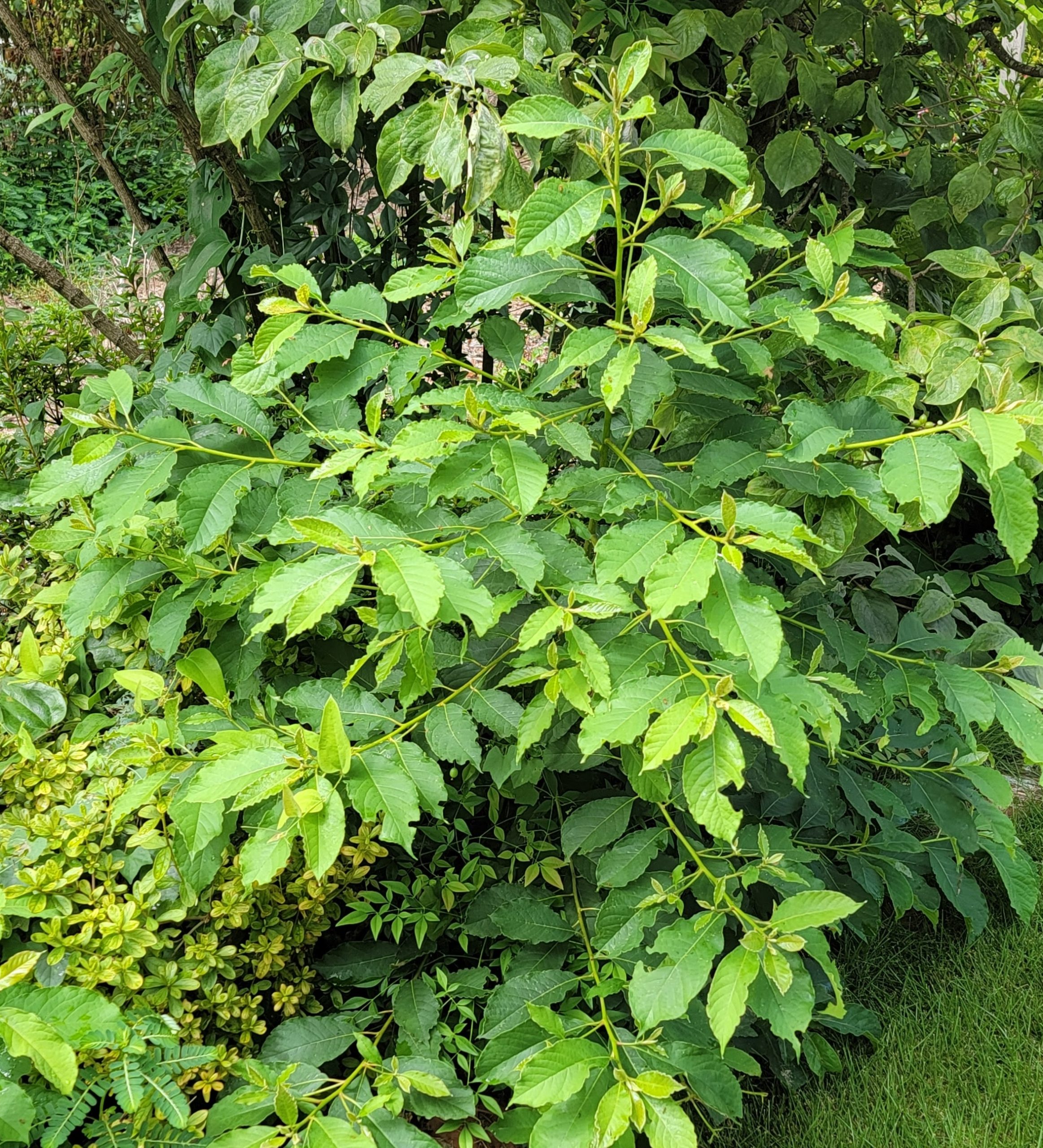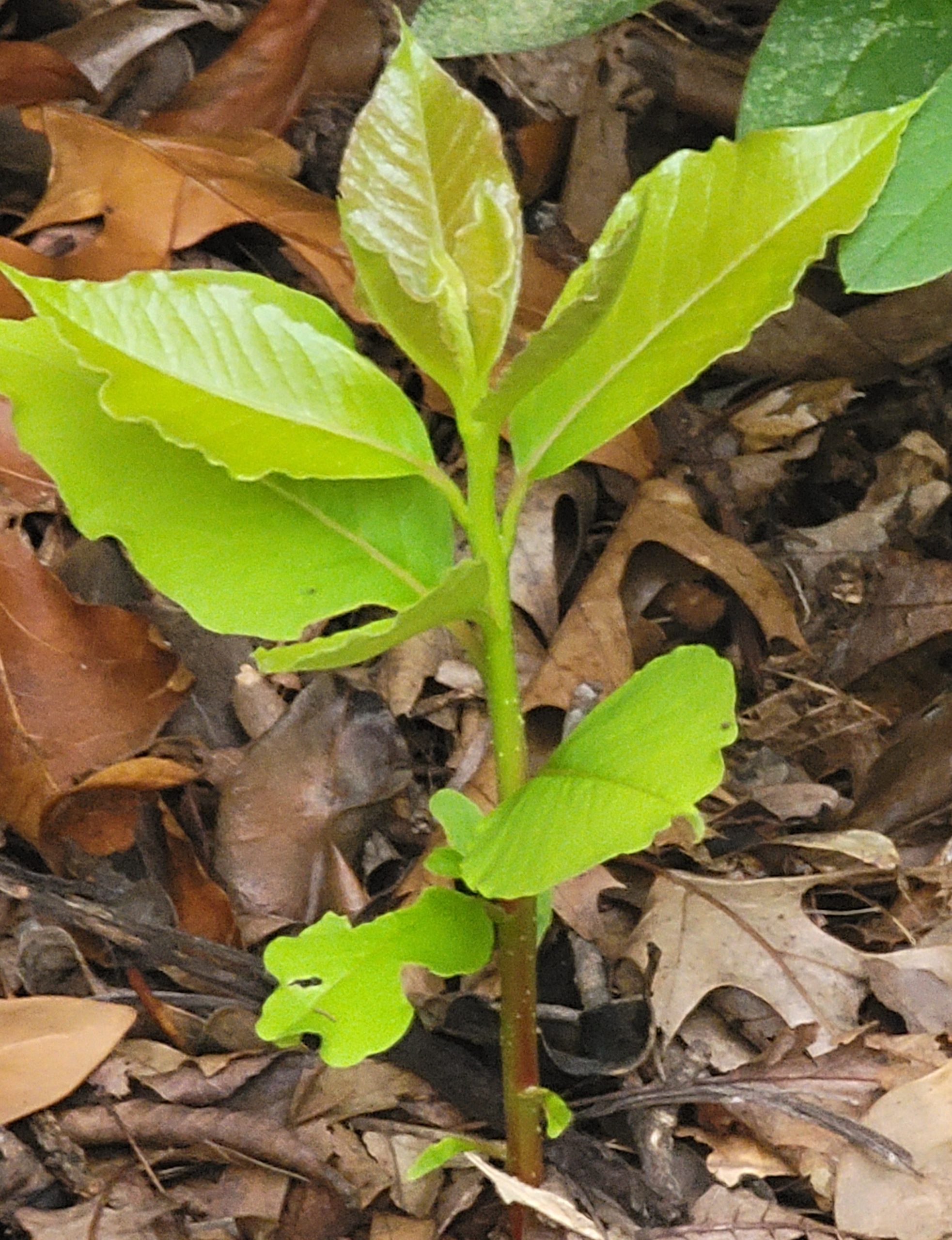Name that plant
Details:
-
Season Photo Was Taken
Summer
-
Region Photo Was Taken
Southeast
-
City
Lawrenceville
-
State
Georgia
-
Posted by
Chupika130
Notes:
Had a few of these pop up last few summers but a lot more this season. One image is mature plant while the other image is how they appear when they first pop up out of the ground.




Comments
laura735 Master Identifier says:
Thanks for the respond! Don’t hickory trees have pinnately compound serrate leaves? My understanding that they do. Your pictures showed alternate simple leaves without serrate margin (edge) which led me to my initial speculation.
I found the information in the link below useful. Best wishes!
August 10th, 2022 at 3:28am
laura735 Master Identifier says:
You might find this link below of variety species in the hickory group interesting.
https://plants.ces.ncsu.edu/plants/carya-tomentosa/
August 10th, 2022 at 3:21am
Chupika130 Apprentice says:
A guy working on my house said it’s Hickory. There’s a very tall Hickory about 10 to 15 yards from where the seedlings keep popping up. Last year plus the year prior, I had 3 large oaks removed. I think a lot of additional sunlight has helped bring forth these seedlings. I looked at the Hickory tree. The leaves are very similar ..
August 9th, 2022 at 10:50pm
laura735 Master Identifier says:
Thank you for this following up photos. I’m guessing & leaning toward species tupelo (Nyssa), possible N. sylvatica? With out flowers & fruits, I could only speculating. It will be sometime before these reaching the blooming stage. However other clues i.e. its winter buds, twigs & leaf scars would help key out the genus. Maybe you want to let one grows for the ID purpose. Also if you happen to come across some new seedlings with the cotyledons are still attaching to the main stem ( first two leaves), please resubmit with photo. This would help us quickly to narrow down further. .
I’m wondering about the plant’s curled, crinkle leaf edges might be black tupelo leaf roll gall symptom from the eriophyid mite (Eriophyes dinus ) and not the plant’s habit? Again I’m only guessing for now. Best wishes!
August 9th, 2022 at 8:31pm